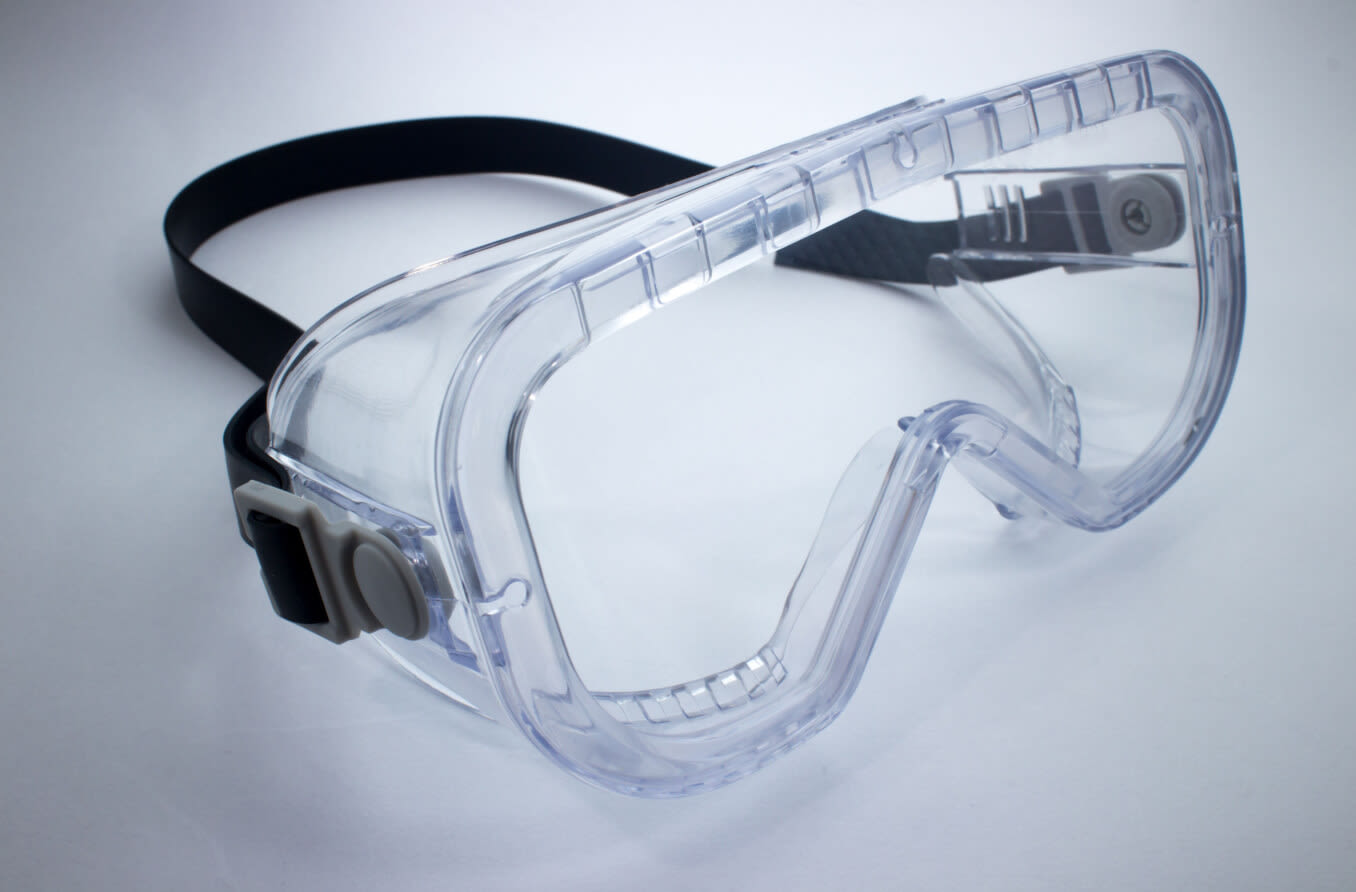Polycarbonate lenses: Advantages and disadvantages

When eye safety is a concern, polycarbonate or Trivex lenses usually are the best choice for your glasses, sunglasses, and sports eyewear.
Both polycarbonate and Trivex lenses are thinner and lighter than regular plastic lenses. They also offer 100 percent protection from the sun's harmful UV rays and are up to 10 times more impact-resistant than plastic or glass lenses.
This combination of lightweight comfort, UV protection and impact resistance also makes these lenses an excellent choice for children's glasses and safety glasses.
Polycarbonate and Trivex lenses both will provide clearer, more comfortable vision if an anti-reflection (AR) coating is applied. AR coating eliminates distracting lens reflections that can interfere with vision, particularly when driving at night or in other low-light conditions when glare sources are present.
Polycarbonate lenses
Polycarbonate was developed in the 1960s for aerospace applications and is currently used for the helmet visors of astronauts and pilots and was used for the windscreens of the space shuttles.
Spectalce lenses made of polycarbonate were introduced in the early 1970s in response to a demand for lightweight, impact-resistant lenses.
Since then, polycarbonate lenses have become the standard for safety glasses, sports goggles, children's eye-wear and a variety of other uses.
As they are far less likely to fracture than regular plastic lenses, polycarbonate lenses also are a good choice for rimless eye-wear designs where the lenses are attached to the frame components with drill mountings.
Most other plastic lenses are made from a cast moulding process, where a liquid plastic material is baked for long periods in lens forms, solidifying the liquid plastic to create a lens.
On the other hand polycarbonate is a thermoplastic that starts as a solid material in the form of small pellets. In a lens manufacturing process called injection moulding, the pellets are heated until they melt.
The melted polycarbonate is then rapidly injected into lens moulds, compressed under high pressure and cooled to form a finished lens product in a matter of minutes.
Trivex lenses
Despite its many advantages, polycarbonate isn't the only lens material suitable for safety applications and children's eye-wear.
Trivex lenses were introduced in 2001 by PPG Industries. Like polycarbonate lenses, lenses made of Trivex are lightweight and more impact-resistant than regular plastic or glass lenses.
Trivex lenses, however, are composed of a urethane-based monomer and are made from a cast moulding process similar to how regular plastic lenses are made.
Polycarbonate vs. Trivex lenses: A quick comparison
Here is a brief comparison of polycarbonate and Trivex lenses to help you decide which lenses might be best for you:
Thickness
Polycarbonate has a higher index of refraction than Trivex (1.58 vs. 1.53), so polycarbonate lenses are about 10 percent thinner than Trivex lenses.
Weight
Trivex has a slightly lower specific gravity than polycarbonate, making Trivex lenses about 10 percent lighter than polycarbonate lenses.
Optical clarity (central)
Trivex and polycarbonate lenses have sharp central vision.
Optical clarity (peripheral)
Trivex lenses have a higher Abbe value and for higher prescriptions (>+/-4.00) may produce sharper peripheral vision with less chromatic aberration than polycarbonate lenses.
Impact resistance
Polycarbonate and Trivex lenses have comparable impact resistance.
UV protection
Polycarbonate and Trivex lenses both block 100 percent of the sun's UV rays without the need for special UV-blocking lens coatings.
Availability
Polycarbonate lenses are available in a wider variety of lens designs (e.g., progressive lenses and other multifocals) than Trivex lenses. Photochromic lenses are available in both materials.
Cost
The cost of polycarbonate and Trivex lenses can vary considerably, but many optometrist charge more for Trivex lenses than polycarbonate lenses.
Your optometrist can discuss the pros and cons of polycarbonate and Trivex lenses, and help you decide which lens material is the best choice for your needs and budget.
Page published on Tuesday, 17 March 2020






